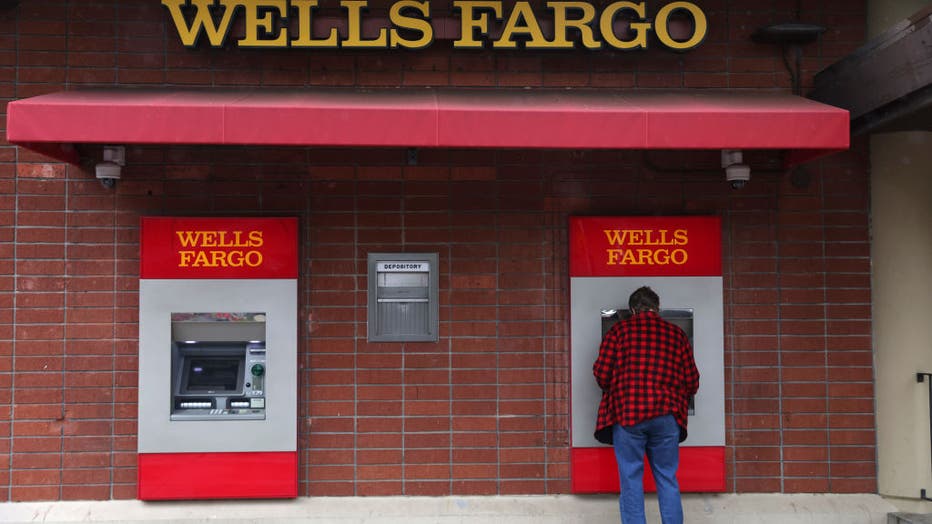Here’s how much money you should be saving per paycheck
LOS ANGELES - As the U.S. continues to bounce back from the COVID-19 pandemic and lockdown, many Americans say their savings account is starting to dwindle, according to one survey.
Northwestern Mutual 2022 Planning & Progress Study revealed a solid majority (60%) of Americans say they’ve been able to build up their personal savings over the last two years.
However, year-to-year numbers showed the average amount of personal savings dropped from $73,000 to $62,000 between 2021 and 2022.
RELATED: AriZona iced tea co-founder doubles down on 99-cent price: report
But other studies paint an even more dire picture when it comes to Americans and their savings accounts.
The Federal Reserve reported that 36% of Americans do not have enough money to cover a $400 emergency expense.
Financial experts have even weighed in on the financial state of many Americans.
"In 2022, Fidelity’s Financial Wellness Checkup surveyed adults we administer employer financial benefits for and found less than one in two had enough emergency funds to cover a typical three months living expenses," Megan Moore, vice president for Fidelity Bloom, told FOX Television Stations. "And nearly one in four had less than one month's worth of living expenses saved."
How much should Americans save per paycheck?
While there are varying opinions on how much Americans should tuck away for a rainy day, many experts believe they should at least put 20% of their paycheck into a savings account.
Some experts even believe Americans should abide by the 50/30/20 rule. Fifty percent of the person’s paycheck should go to needs, 30% should go to wants and 20% should go to savings.
"In an ideal scenario, Fidelity recommends having 3-6 months of living expenses (housing, car payments, groceries, etc.) available in an emergency fund," Moore continued.
RELATED: Student loan forgiveness website launches in test mode — applications available ‘periodically’
"But we also know that having large goals like this might feel unattainable and discouraging to some, and those just beginning their savings journey just focus on getting started. Saving even a small amount at a time can really pay off in the future," she said.
What are the challenges to Americans saving money?
Several factors can inhibit a person’s capability to put away money for a rainy day.
In 2016, The Atlantic proposed several theories on why Americans have trouble saving. Factors can include lower salaries, mortgage debt, and materialism.
Moore said some people may have trouble balancing the enjoyment and necessities of life.
"First, people are having a hard time finding the right balance between how they live an enjoyable lifestyle today while also setting aside money for the future," she said. "Many people mistakenly believe you can only really have one or the other, but not both at the same time."

A customer uses an ATM at a Wells Fargo bank on April 14, 2022 in Novato, California. (Photo by Justin Sullivan/Getty Images)
"Second, managing week-to-week cash flow can be a challenge. When the money you earn, spend, and save is all intermingled in the same accounts, it can be really confusing to detangle how much you have available on a given day to safely spend and how much you shouldn’t touch and put towards saving," Moore added.
How can Americans start to save?
Moore said for those who live paycheck-to-paycheck, putting away any amount of money counts.
"The easiest way to get started saving is setting it on autopilot," she said. "Create an account for money that isn’t meant to be spent unless it’s an emergency, and set up automatic transfers to deposit a portion of your paycheck or money from an existing bank account in regularly."
Other experts also share similar sentiments.
RELATED: Personal loan interest rates continue trending down for 5-year fixed-rate loans
"When you're starting a savings plan the best way to handle it is to decide that you're going to put a little bit of money aside or set up with your payroll where you're going to put $200 $250 or whether it be $500 — start small and have that money put into another account at a separate bank outside of where you normally spend and have your bills coming out of," Randy Jones, a wealth financial advisor based in Northern Virginia, told FOX 5 DC. "When you get to the end of the month, if you haven't touched that money, then you know that you can start saving that and consistently build on that to restore your savings if you had to dip into it."
This story was reported from Los Angeles.



